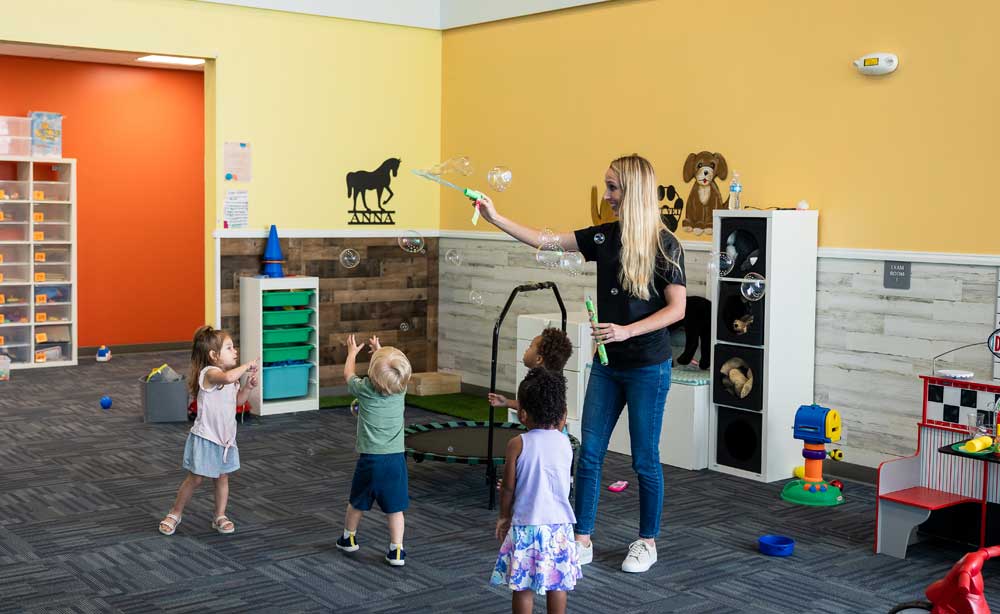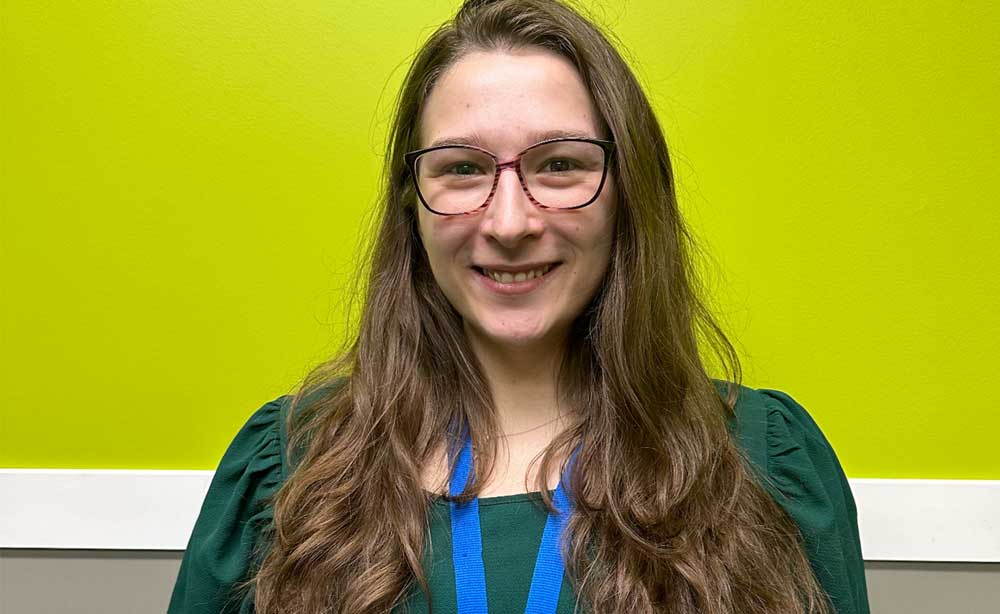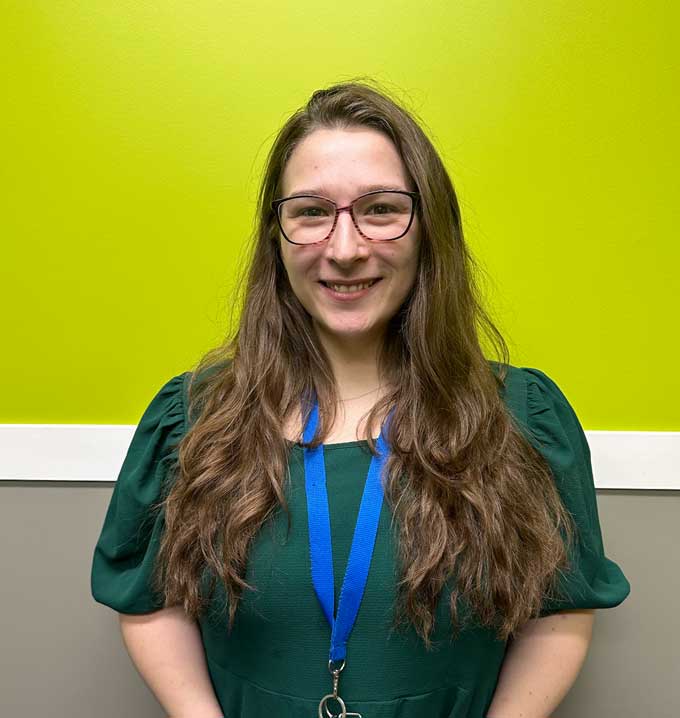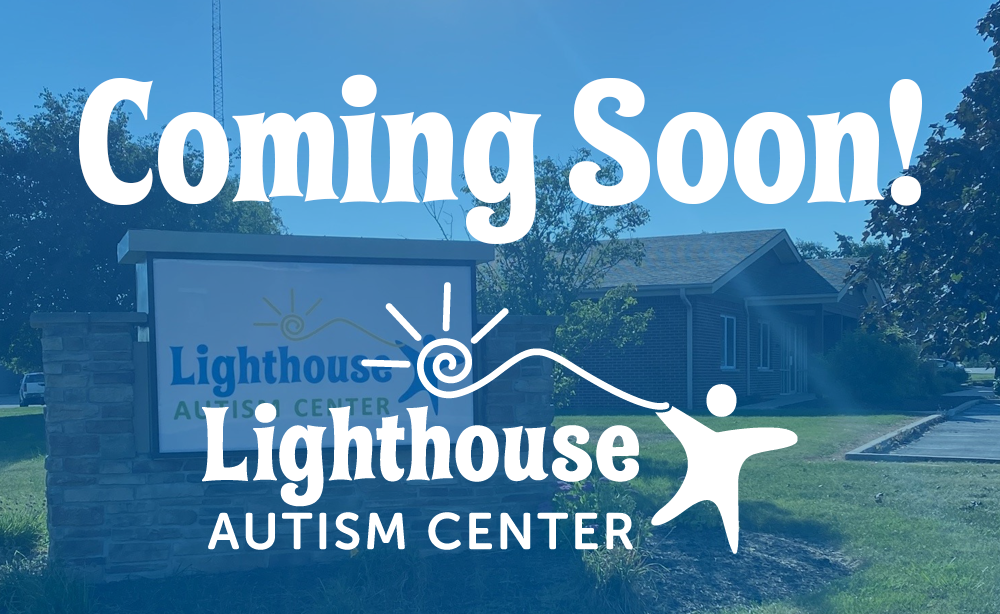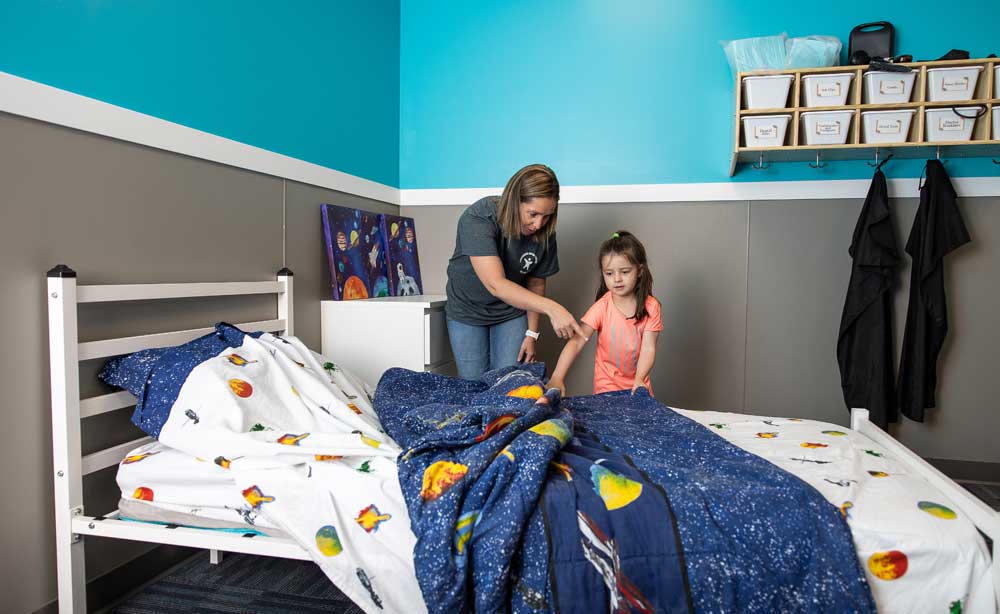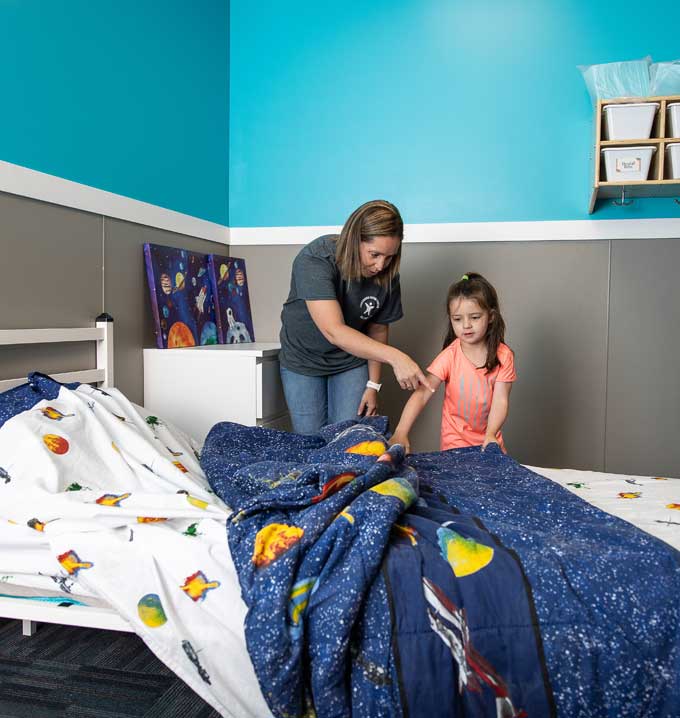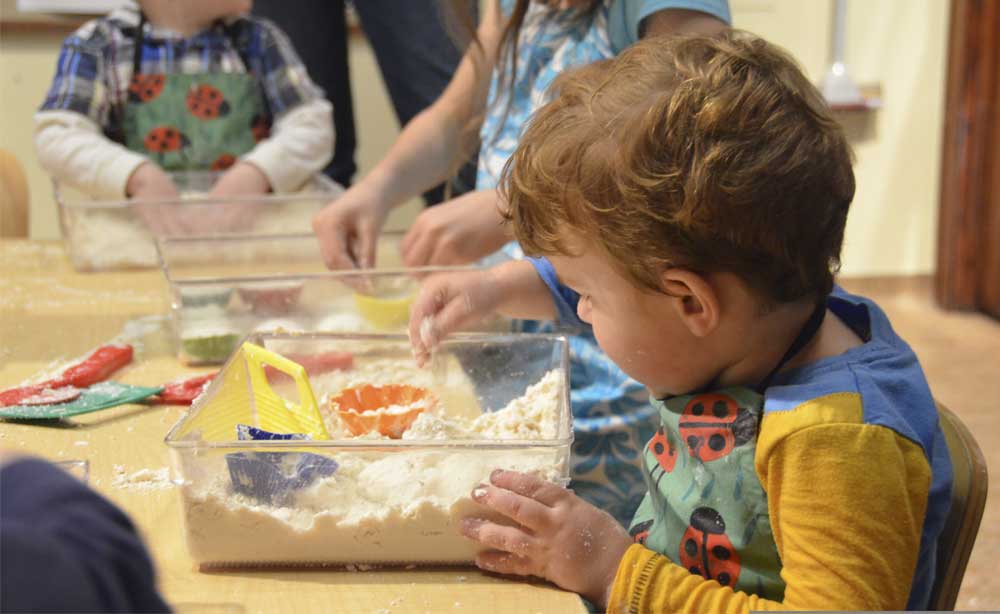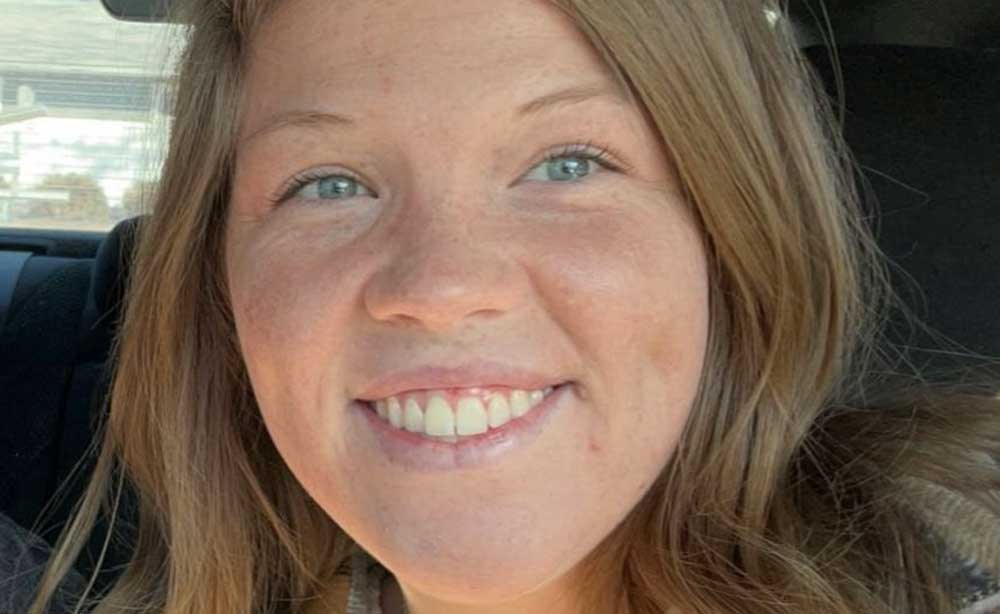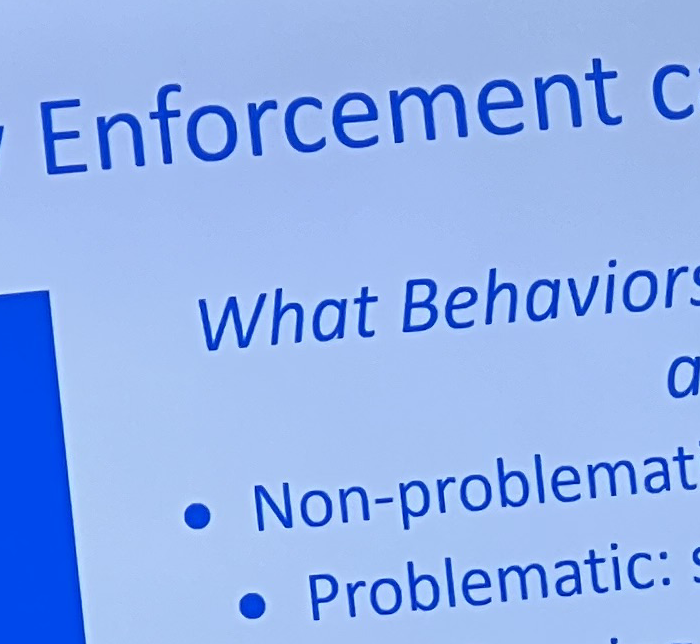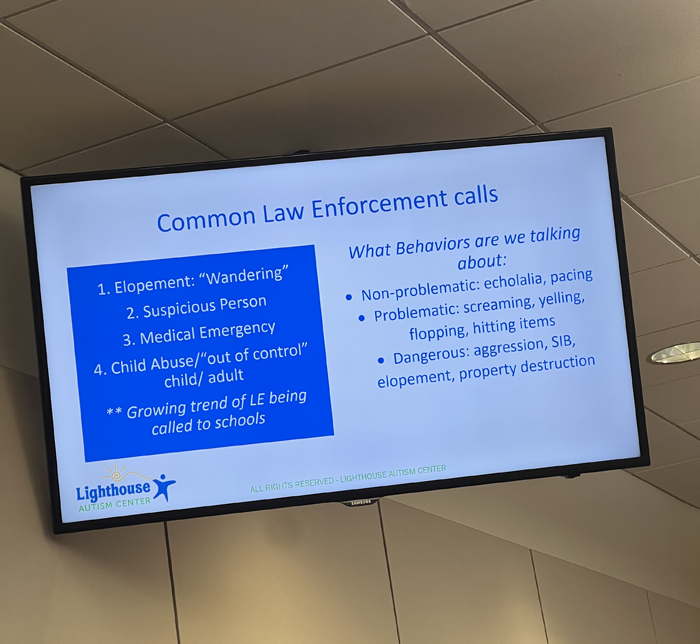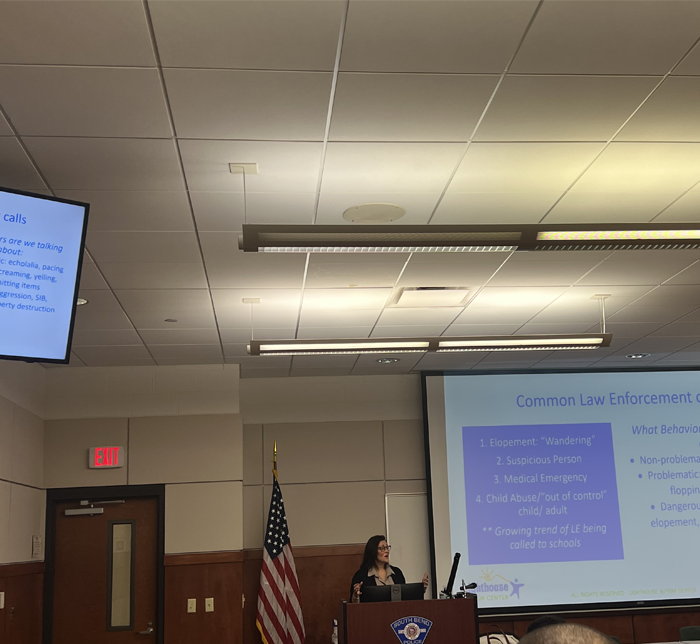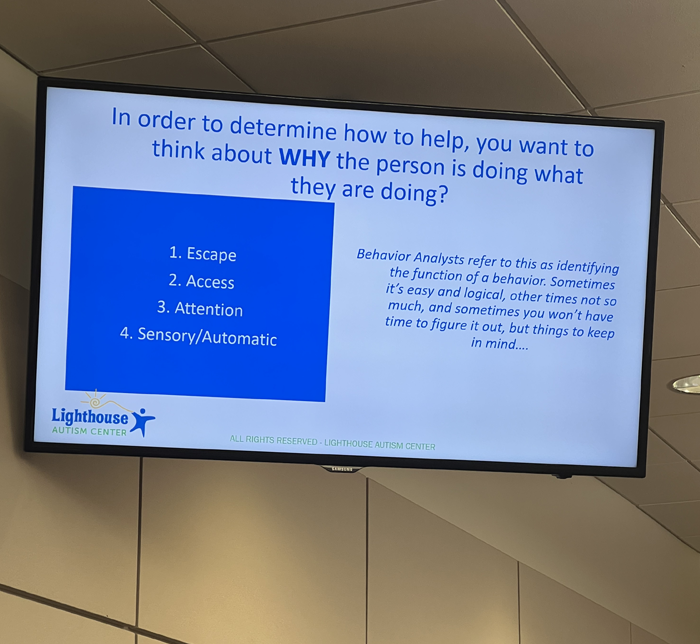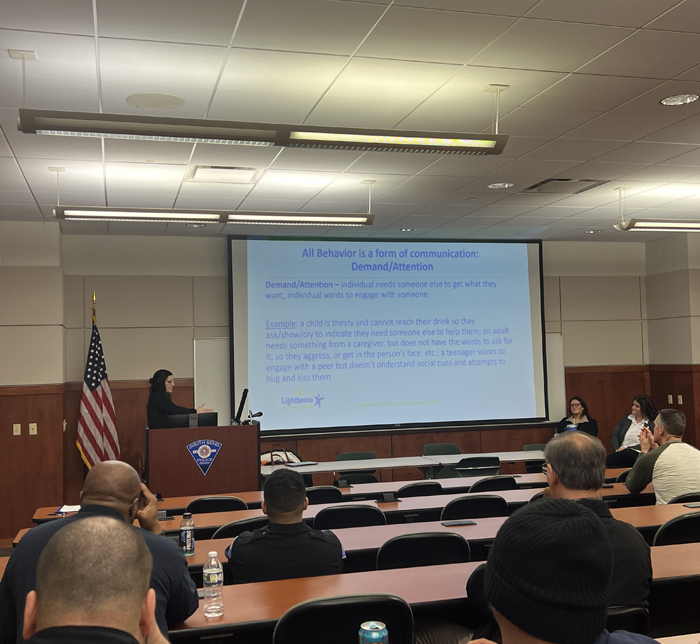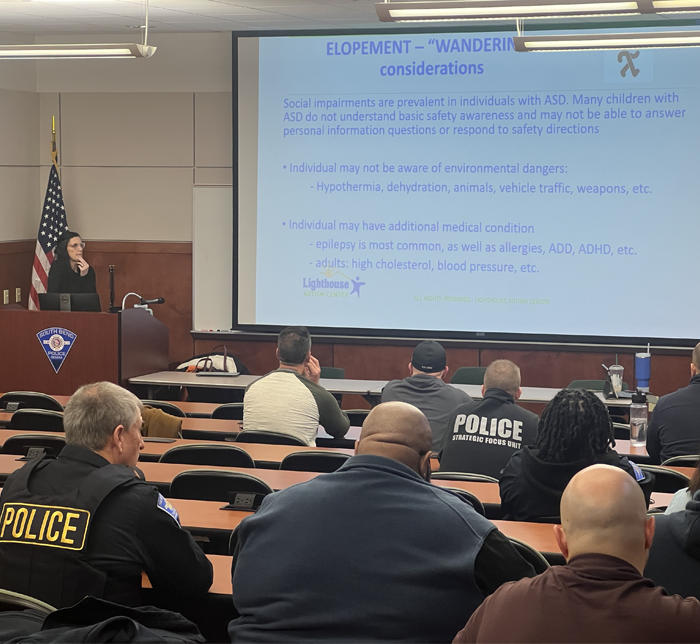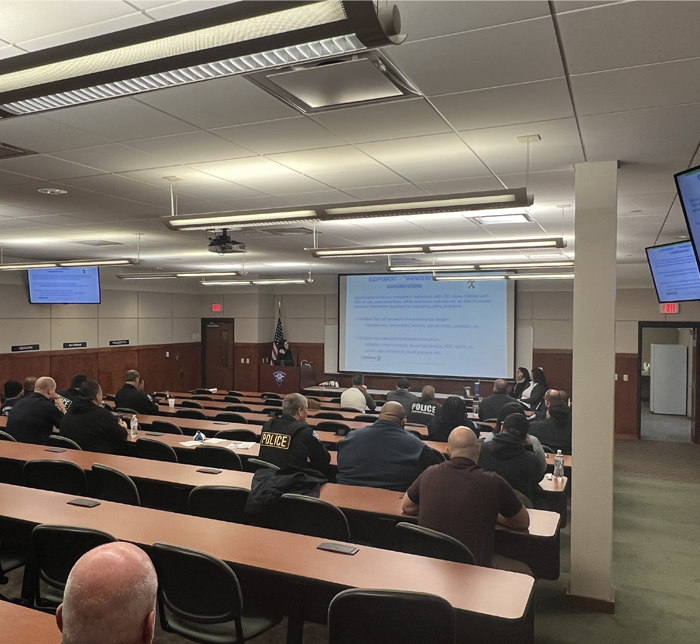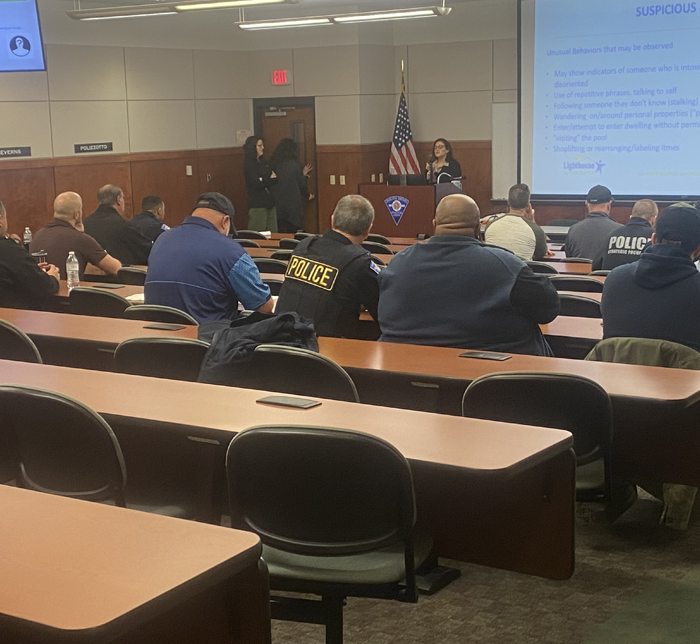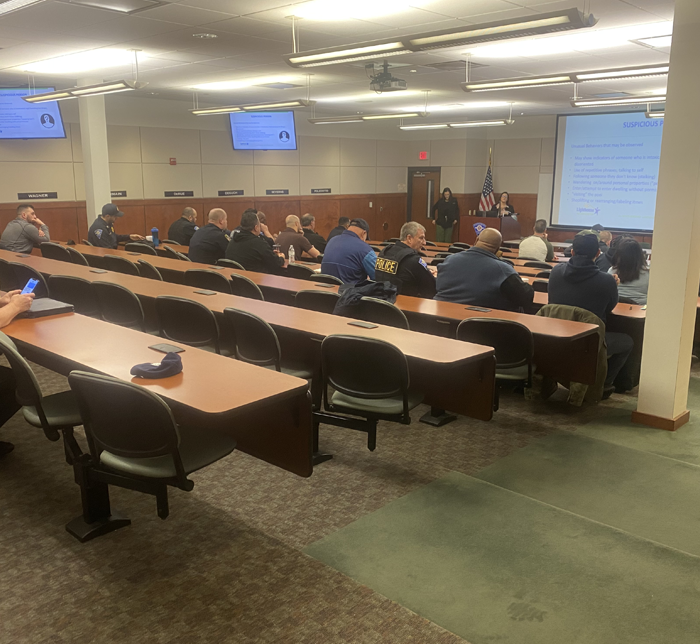One of the most recognized treatments for autism is ABA therapy, but this comes with questions about costs and financial viability. Discover ABA therapy costs and explore the various options available to you, ensuring you’re equipped to make informed decisions for your family.
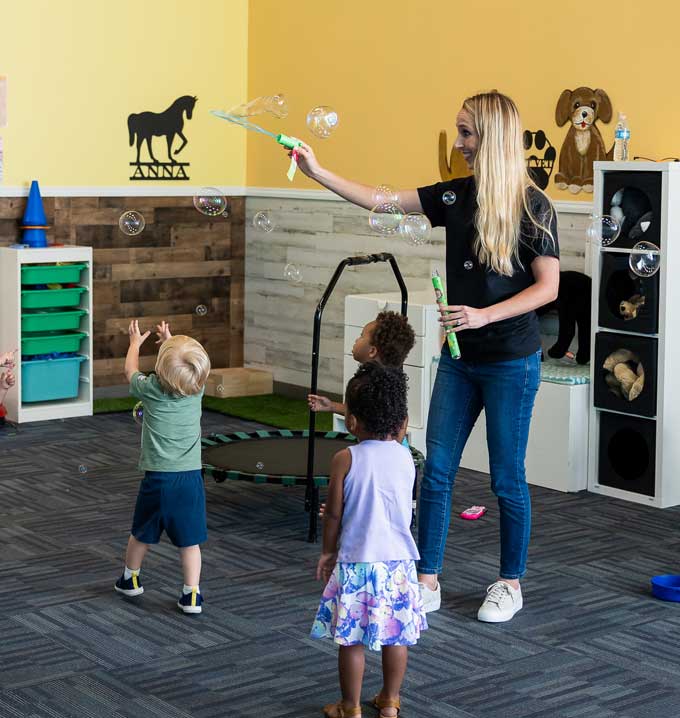
Resources Available to Help Cover the Costs of ABA Therapy Services
As parents of an autistic child, providing the best care for your little one can be a daunting journey. One of the most recognized treatments that offers support is Applied Behavior Analysis (ABA) therapy — an evidence-based approach that can improve social, communication, and learning skills through positive reinforcement. But with these benefits come questions about costs and financial viability.
Read on as we demystify ABA therapy costs and explore the various options available to you, ensuring you’re equipped to make informed decisions for your family.
What is ABA Therapy for Autism?
ABA therapy is a data-driven treatment proven to have positive effects on children with Autism Spectrum Disorder (ASD). It’s based on the science of learning and behavior, with customized therapy programs aimed at teaching new skills, shaping behaviors, and reducing behaviors that may be harmful or hinder learning.
Through individual assessment and regular monitoring, ABA therapists develop programs that cater to each child’s unique needs, setting them on a path to enhanced independence and social interaction in a variety of settings.
How Much Does ABA Therapy Cost?
The cost of ABA therapy can vary widely depending on several factors, including the intensity of the program, the provider’s qualifications, and your location. On average, intensive ABA therapy, where a child receives 20 to 40 hours of therapy per week, can range from $60,000 to $250,000 a year.
However, these figures are not set in stone and can change based on the frequency of therapy sessions needed, as well as whether services are accessed in-home, at school, or in a clinic setting.
How Much Does Insurance Pay for ABA Therapy?
With the passage of autism insurance reform laws in many areas, most insurance must now cover ABA therapy. However, the extent to which ABA therapy is covered by insurance can vary significantly.
ABA coverage by insurance plans may cover specific assessments, treatment planning, and direct therapy hours. But be prepared to navigate through your policy or work with a professional to understand your benefits specifically. It’s also important to obtain proper authorizations and ongoing documentation to maintain coverage.
How Much is ABA Therapy Without Insurance?
Without ABA coverage insurance, therapy costs can become a formidable expense. For those who do not have coverage or are underinsured, the out-of-pocket cost for ABA therapy mirrors the figures previously mentioned, if not more.
However, don’t lose hope. There are grants and financial aid options available specifically targeted toward supporting autistic individuals.
How to Get ABA Services
Accessing ABA services begins with a diagnosis from a healthcare professional, typically followed by a search for qualified ABA therapists or centers in your vicinity. Visiting autism support groups or consulting with other parents can provide valuable recommendations.
Once a service provider such as Lighthouse Autism Center is identified, the next step is to undergo an initial assessment to create a tailored treatment plan. From here, continuous collaboration with the ABA therapy team will ensure that the program remains appropriate for your child’s evolving needs.
Lighthouse Fusion ABA Therapy is an innovative program that combines the best of traditional ABA with speech therapy for a flexible therapy approach tailored to your child’s unique needs. This program emphasizes the importance of family involvement and aims to create a seamless integration of therapy across all environments — home, center, and community. By fostering a cohesive treatment strategy, Lighthouse Fusion ABA Therapy ensures that learning and growth are continuous and consistent, no matter the setting.
How to Afford ABA Therapy
Commercial Insurance Coverage
Many private insurance plans cover ABA treatment services. This is largely due to state mandates requiring such coverage. However, the extent of what is covered and any associated out-of-pocket costs like co-pays or deductibles can vary greatly between plans. It’s important for parents to:
- Review their policy details or speak with their insurance provider
- Understand what their plan covers with respect to ABA therapy
- Determine if there are any limitations, such as the number of covered hours
Medicaid
Medicaid, the public health insurance program for low-income individuals and families, may also cover ABA therapy. Eligibility criteria and benefits can differ significantly by state, so it’s imperative to:
- Check your state’s Medicaid guidelines
- Contact your state’s Medicaid office for specific coverage information
- Understand how to apply for Medicaid coverage for ABA therapy
Medicaid Waiver
If you’re in need of financial assistance for your autistic child, you may be able to get that help from Medicaid’s waiver program. Learn more about how a Medicaid waiver could help your autistic child and how you can apply for assistance.
Everything You Need to Know About Medicaid Waivers & Autism
Grants and Financial Assistance Programs
Various organizations offer autism grants and financial assistance specifically for families needing ABA therapy. These programs can assist with the cost of therapy sessions and may have specific eligibility requirements. Some notable assistance options include:
- Autism Care Today (ACT) SOS Program: Provides funding assistance to families for immediate and imperative needs related to autism services.
- The United Healthcare Children’s Foundation: Offers grants to help cover the cost of medical services, including ABA therapy.
- The Color of Autism Foundation: Provides assistance to families with autistic children.
School District Funding
Some school districts may provide ABA therapy services as part of an Individualized Education Program (IEP). Reach out to your local special education office to inquire about the availability of:
- Direct ABA services within the district
- Funding partnerships with external ABA providers
- The process of incorporating ABA therapy into your child’s IEP
Sliding Scale Payment Programs
Certain ABA therapy centers offer financial support for autism through sliding-scale payment options, adjusting the cost of therapy based on family size and income. To take advantage of such programs:
- Engage with therapy providers directly to discuss payment options
- Provide proof of income to qualify for sliding-scale rates
Payment Plans and Loans
Some families may opt for payment plans directly with ABA therapy providers or seek personal loans to manage costs. While loans should be considered carefully due to the potential for long-term financial commitment, they can provide an immediate solution for starting therapy.
When considering payment plans and loans:
- Review the terms and conditions thoroughly
- Consider the long-term financial implications
Explore Your ABA Treatment Options for Autism with Lighthouse Therapy Center
The road to obtaining and affording ABA therapy can be complex, but understanding the costs and exploring all the funding sources available can alleviate some of the financial pressures. Make use of resources like therapy providers, financial aid programs, and community support to find a solution that works for your family.
Explore more helpful autism resources and tools for parents.


